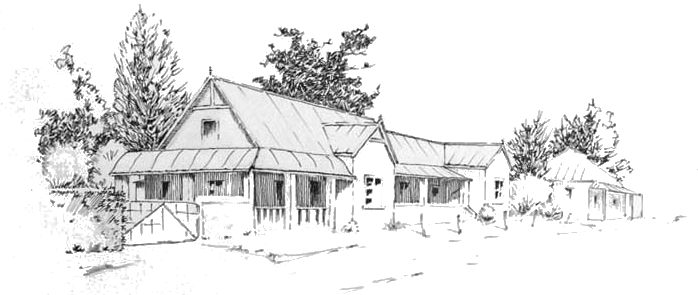NEW THOUGHTS ON FISHING STERKFONTEIN DAM – Text and images by ALAN HOBSON
I have just returned from a week’s break to Sterkfontein dam, which re-affirms why fly fishing is such an incredible sport. The dynamics of the dam have changed somewhat, the water level not being quite full has left the fishing betwixt and between. This has been aided by the changes in the weather patterns and water temperatures.
Click in images to enlarge them

My wife Annabelle with a good “Sterkies” yellow taken on a nymph.
When the dam was consistently full and stable for many years, the wind and wave action resulted in the development of several long stretches of gravel beds and consistent fish behaviour. Over the past few years with the fluctuations in the water level, these areas are now completely exposed and remain high and dry. Currently, there are only a few good gravel beds for the yellows to spawn and they are doing that with great gusto where they can.
However, there are numerous shelves of clay with many undercuts, where one either finds temperamental, hormon-driven yellows languidly moseying around or cruising past at speed. These fish are incredible. Wherever there is the slightest rocky outcrop or hint of gravel they are trying to spawn, or certainly going through the motions. Interestingly, having chatted to Martin Davies about their behaviour, he mentioned that they could just be dropping their eggs, which they do if conditions are not suitable, as opposed to actually spawning. This could explain their attitude and their moseying around. Yellows can spawn a few times in the summer months if the conditions are conducive.
This meant one had to find new fishing areas, or new techniques. Sterkfontein has numerous weed beds along all sides of the dam where there are hungry yellows. Why this is so relevant is that you had better believe the effects of increasing angler pressure. Only certain parts of the dam are accessible by foot and here the effects of rod pressure are obvious. Normally the plop of your fly on the water would turn a yellow pretty much anywhere. Not here. At the spots where there is public access, these fish don’t even flinch, or show any interest, when your fly hits the water. It was the most amazing thing to witness.
For my sins, I am a great believer in realistic fly patterns, and if it ain’t broke why fix it? For this trip, I tried to take the “good Doctor’s beetle” pattern to what I thought would be another level, using his tying techniques, but my way. I'm talking strike indicators that are literally unsinkable, shaping them, using acrylic paints and seal skin and finishing them off with Ostrich herl legs as opposed to using hackle and rubber legs. I based this all on the terrestrial beetles we get here in the Karoo, only to be blindsided, both by the yellows and insects at Sterkfontein. I simply was not getting the enthusiastic response to my beetle as one usually gets from the good Doctor Hans van Zyl’s beetle.
Only after finding live specimens at the dam did I realize that the legs must be a big trigger.

My beetle pattern next to the “real thing".
My beetles legs were cut too short. I changed, using my aquatic beetle patterns, the riffle beetle, back swimmer and predacious diving beetle. It was as if I had flicked the switch, thinking perhaps these are just new patterns getting interest, but the common denominator was undoubtedly the longer legs.

Back swimmer.

Long-toe water beetle.

Riffle beetle.

Predacious diving beetle.
Nymphing is regarded as going over to the dark side at Sterkfontein, but it is a deadly technique. I have developed a few Caddis pupae and Mayfly patterns, the trick, tiny…! Nothing bigger than a #16, preferably #18 or #20, using 5X through to 7X fluorocarbon tippet.

Phantom emerger.

Olive Cori nymph.

Natural Cori nymph.
Cast parallel to the bank, but on the drop off where the weed or clay falls off into deeper water.

Casting on the edge of the drop off with a nymph.
The yellows tend to cruise on the drop off where they can scout the shallows for food and remain relatively undetected. Use a slow figure of eight retrieve.
Sterkfontein remains an incredible place to fish, world class!
I have included a short video with the link on you tube :
https://www.youtube.com/watch?v=kjKV12BD7uc&feature=youtu.be
We will be doing a guided trip in March. Details are on our website: www.aaadventures.co.za
Alan Hobson



